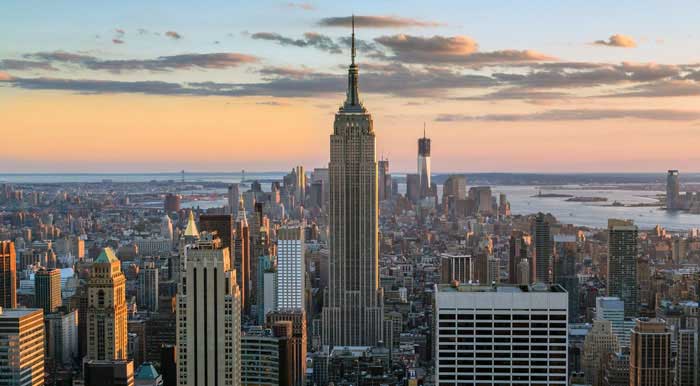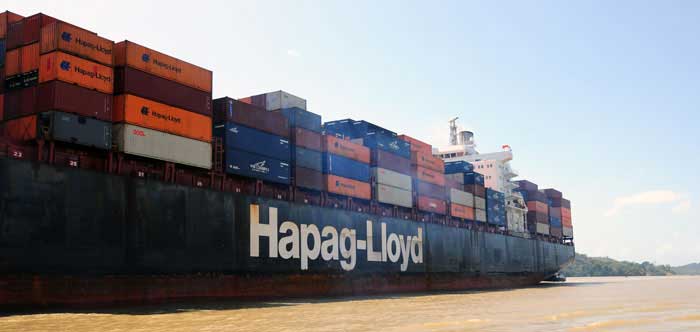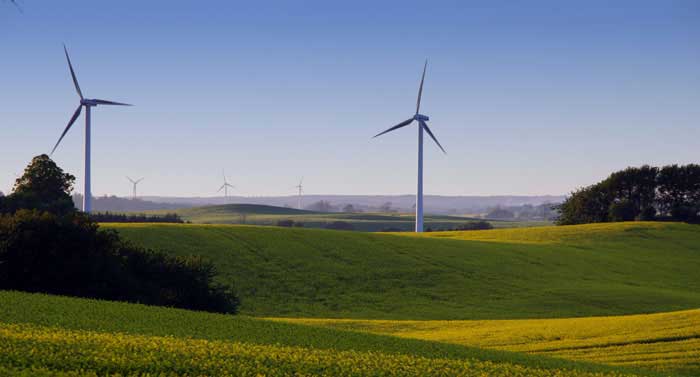Here are a few interesting facts about businesses and the economy in the US. All information has been gathered from Forbes, Fox Business, Business Insider and the MBDA websites.
There are just under 28 million small businesses in the US, and 22 million self employed with no additional employees.
Over half of the US population work in small businesses.
The overall debt in the US is over $56 trillion.
There was a 10% drop in global economic activity originating from the US between 2001 and 2011.
Although the US population has more than doubled in size, there are currently fewer people working in manufacturing in the US than in the 1950s.
Unemployment in the US has risen from around 20% in the 1950s to over 35% today.
Almost half of all Americans share a household with somebody claiming benefits from government programmes.
Minority businesses in New York, Texas, California and Florida make up more than 55% of all minority owned businesses in the US.
70% of all new businesses survive the first two years.
Around 50% of these survive the first five years.
Around 25% new firms stay operating for fifteen or more years.
52% of all small businesses are run from home.
More data has been produced in the last two years than in the entire history of mankind.
AirBnB is valued at around $31billion which surpasses Marriott, Starwood and Wyndham.
Less than 0.5% of data is used or analysed.
The social security system has predicted a $134 trillion shortfall over the next 75 years. The number of Americans claiming benefits from Social Security Disability is larger than the population of Greece.
About 60% of all children in Detroit are living in what is defined as poverty.
Small businesses outnumber corporations in the US by 1162 to 1.
Small businesses also pay 44% of all US payroll.
It takes only 6 days to start a new business in the US. In New Zealand, it takes only 1, however in China is takes 38 days.
It costs $325 to start a business in the US, compared to $1571 in Saudi Arabia and surprisingly $2049 in India.
Around 12.5% of small business owners are immigrants in the US.
Small businesses create more than 13x more patents per an employee than larger corporations.
There are over 3.5 billion Google searches every day.
As of March 11th 2016, Google's price share represented an 855% growth over 12 years.
Alphabet inc is the world's most valuable public company, valued at $547.1billion on the 2nd February 2016.
May 2017 - Apple Inc. became the first U.S. company with a market value of more $800 billion.
Immigrants make up 13.5% of the US population, and generate $67 billion of the $577 billion business income, as estimated in the 2000 census.
The estimated cost of residing in San Francisco is $3632 a month which makes it the most expensive city for a single person to settle in. The majority of this is spent on housing with the median home price being $841,600, and a typical monthly mortgage repayment comes to $3684. There is even roughly a 37% increase on the price of fuel within the city.




